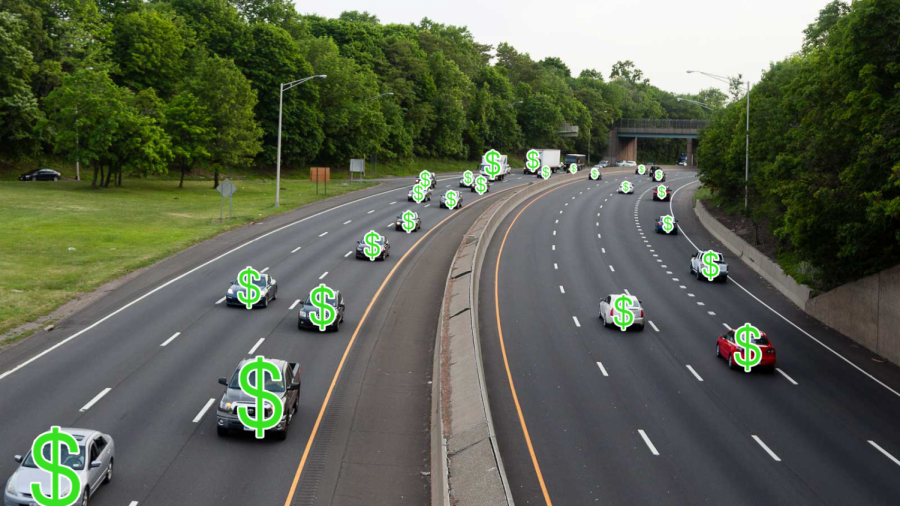The cost of getting around
Rising transportation costs impacts Pa. motorists
As of late, Pennsylvanians have been paying more to get around. Tolls on the Pennsylvania Turnpike increased by 6 percent on Monday, Jan. 7, bringing the total to $2.25 for cash payments, up from its previous price of $2.10. This means that a daily commute where the toll is paid once a day will cost almost $60 more per year.
The current toll hikes are were enacted by Pennsylvania legislation by signing Act 44 and Act 89 into law. Starting in 2007, toll rates have been scheduled to rise annually until 2022 to pay for additional expenses accrued from future road renovations and repairs. What this means for regular turnpike commuters is toll prices will not be going anywhere but up for the time being.
Gas prices, surprisingly, are not part of costs. Although 15 dollars can’t buy a tank of gas like it could in 1995, gas prices tend to fluctuate very rapidly. In the last d ecade, gas prices have seen highs of four dollars per gallon and lows of two dollars per gallon.
One potential cause is the Trump Administration’s tariffs on imports. On March 8, 2018, the President of the United States signed into law a 25 percent tariff on imported steel and 10 percent on imported aluminum. Trump cited these tariffs as necessary because the U.S. had been “ravaged by aggressive foreign trade practices.” Although the tariffs are good for domestic steel and aluminum manufacturers, overall prices will not be as happy.
Insurance premiums are also part of the problem. They are also on the rise. In short, how much customers pay for insurance is mostly based on how much repairs to customers’ cars cost coupled with how often customers will need those repairs. Logically, this means that more expensive cars will mean customers are paying higher rates.
In addition to more expensive cars, more accidents will raise rates. While distracted driving has been around since the adoption of the automobile, the cell phone has added a new complication to the age-old issue.
After a few decades, cell phones have become a major part of society, with approximately 95 percent of American adults owning a cell phone according to pewinternet.org. More cell phones means more opportunities for distracted driving. Distracted driving accounted for about x percent of accidents in 2018.
In the end, there is not much the general populace can do about the cost of getting around. In modern American society, the majority of the population, especially in rural and suburban areas, place a great deal of importance on cars.
American infrastructure has evolved to become centered around cars, from the establishment of motels and fast food restaurants to a general lack of public transportation. Americans aren’t all prepared to cut back on cars.



